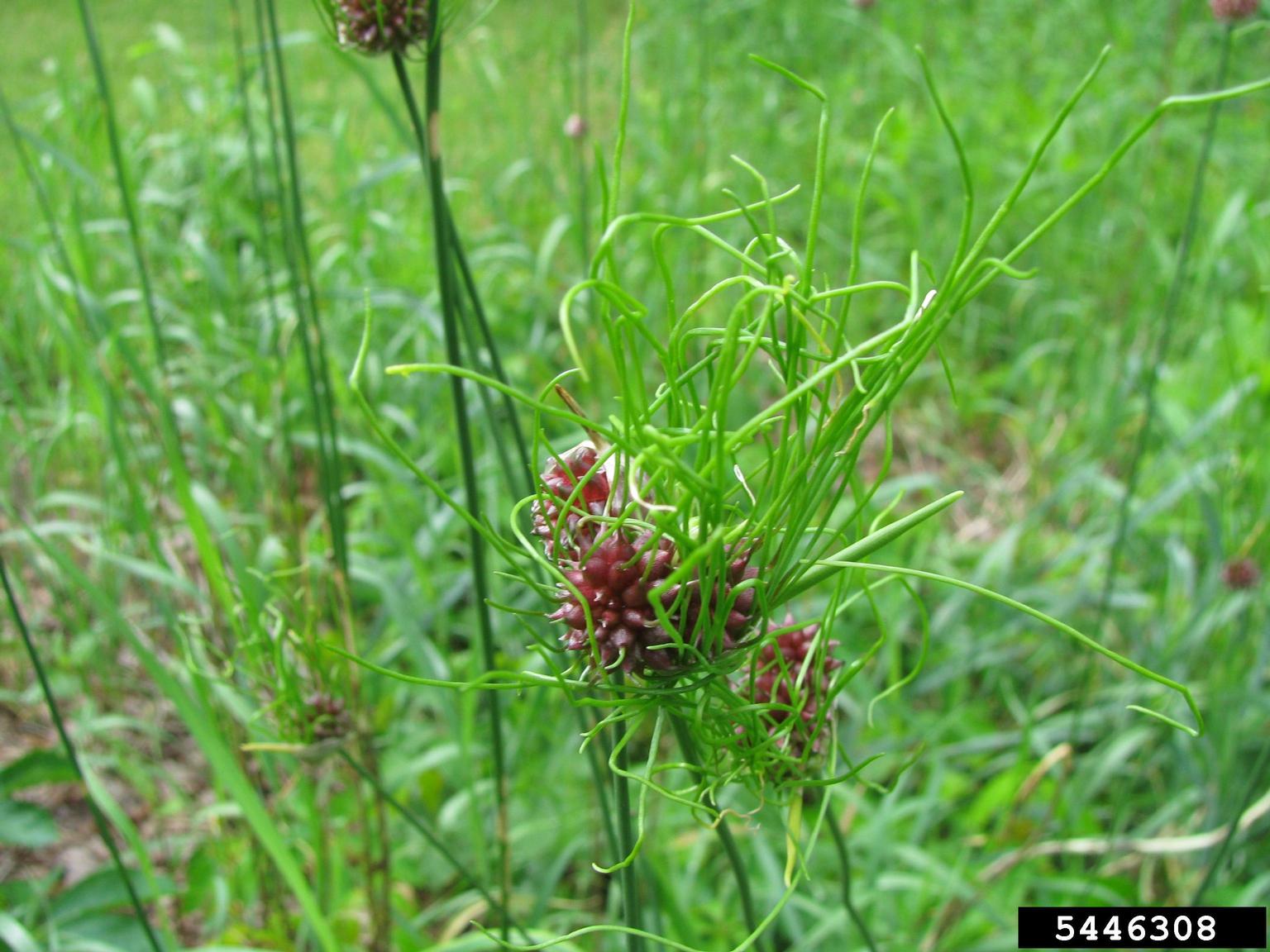Wild Garlic Control: How To Kill Wild Garlic Weeds

I love the smell of garlic sautéing in olive oil but not so much when it permeates the lawn and garden with no sign of abating. Let's learn how to get rid of wild garlic weeds.
Wild Garlic in Landscapes
Wild garlic (Allium vineale) in lawns and garden areas can be found throughout the southeastern United States along with its almost indistinguishable relation, the wild onion (Allium canadense).
A true annoyance, wild garlic grows rampantly during the cooler months and controlling wild garlic can be a challenge, not to mention the stench that may linger for hours after mowing or cutting.
As they are both similar in nature, wild onion and wild garlic control are also similar with a few exceptions-- wild garlic is more commonly seen in crop-like areas and wild onion most common in lawns. This is not always the case but can make a difference when it comes to treatment since you do not want to introduce chemicals in areas where you grow edibles.
When identifying wild onions vs. wild garlic, it helps to know how they're similar and how they're different. Both are perennials, coming back each year, and can be problematic in spring. Though senses of smell vary, it is often stated that wild garlic smells more like onions while the opposite is true for wild onions, smelling more like garlic. Both have narrow leaves, but wild garlic only has about two to four while wild onion has many more.
Additionally, wild garlic plants consist of round, hollow leaves and wild onions are flat and non-hollow. The bulb structure for each slightly differs too, with wild onions having a fibrous net-like coat on the central bulb and no offset bulblets, and wild garlic producing offset bulbs enclosed by a papery membrane-like skin.
How to Kill Wild Garlic Weeds
The question “how to kill wild garlic weeds” can involve a number of suitable methods.
Gardening tips, videos, info and more delivered right to your inbox!
Sign up for the Gardening Know How newsletter today and receive a free copy of our e-book "How to Grow Delicious Tomatoes".
Hoeing
Controlling wild garlic can be accomplished by hoeing during the winter and early spring to prevent new bulbs from forming. The bulbs of wild garlic may lay dormant in the soil for up to six years and nothing sprayed above ground level will penetrate and control wild garlic. Getting rid of wild garlic completely may take three to four years utilizing a combination of methods with hoeing as one option, especially in garden beds.
Hand pulling
Wild garlic may also be pulled; however, the chance of bulbs being left in the soil minimizes the likelihood that wild garlic control has been attained. It is better to actually dig the bulbs out with a trowel or shovel. Again, this works well for smaller areas and gardens.
Chemicals
Then there is chemical control. Wild garlic doesn't respond well to herbicides due to the waxy nature of its foliage, so chemical control of this weed can be somewhat difficult to say the least, and it may take several attempts before you see results, if any.
There are currently no herbicides which are useful for controlling wild garlic pre-emergence. Rather, wild garlic must be treated with herbicides after the bulb has begun to grow shoots. Apply herbicides in November and then again in late winter or early to midspring, with greater results in lawns following mowing to improve uptake.
It may be necessary to retreat again later in spring or the following fall to completely eradicate wild garlic. Select herbicides which are suitable for the landscape site where they are being applied and deemed most effective for use on wild garlic weeds, such as the application of 2.4 D or dicamba, when the weeds are 8 inches (20 cm.) tall.
The amine formulations of 2.4 D are safer than the ester formulations. Post application, refrain from mowing for two weeks. Examples of suitable products containing 2.4 D are:
- Bayer Advanced Southern Weed Killer for Lawns
- Spectracide Weed Stop for Lawns-- for Southern Lawns, Lilly Miller Lawn Weed Killer, Southern Ag Lawn Weed Killer with Trimec®, and Ferti-lome Weed-Out Lawn Weed Killer
These three-way broadleaf herbicides are safe for use on most turf grasses with the exception of St. Augustine or centipede grass. Do not apply during the spring greening up of warm-season turfs, newly seeded lawns, or over the roots of ornamental trees and shrubs. Lastly, the final option in the battle of getting rid of wild garlic is called Metsulfuron (Manor and Bladet), which is a product that should be applied by a landscape professional and, thus, may be a bit more costly.

Amy Grant has been gardening for 30 years and writing for 15. A professional chef and caterer, Amy's area of expertise is culinary gardening.
-
 Looking For Plants To Give You The Soft And Fuzzies? Try These 5 Fuzzy Leaf Plant Options
Looking For Plants To Give You The Soft And Fuzzies? Try These 5 Fuzzy Leaf Plant OptionsLovers of texture, drama, silver foliage and tactile plants will adore these special sensory garden additions. These fuzzy leaf plant options will leave you all aglow
By Susan Albert
-
 Get Ready For A Summer Of Hummers! Grow These Full Sun Hummingbird Plants and Flowers
Get Ready For A Summer Of Hummers! Grow These Full Sun Hummingbird Plants and FlowersIf you’re lucky enough to enjoy a sunny backyard, make sure you are maxing out on your pollinator opportunities and grow these full sun hummingbird plants and flowers
By Tonya Barnett